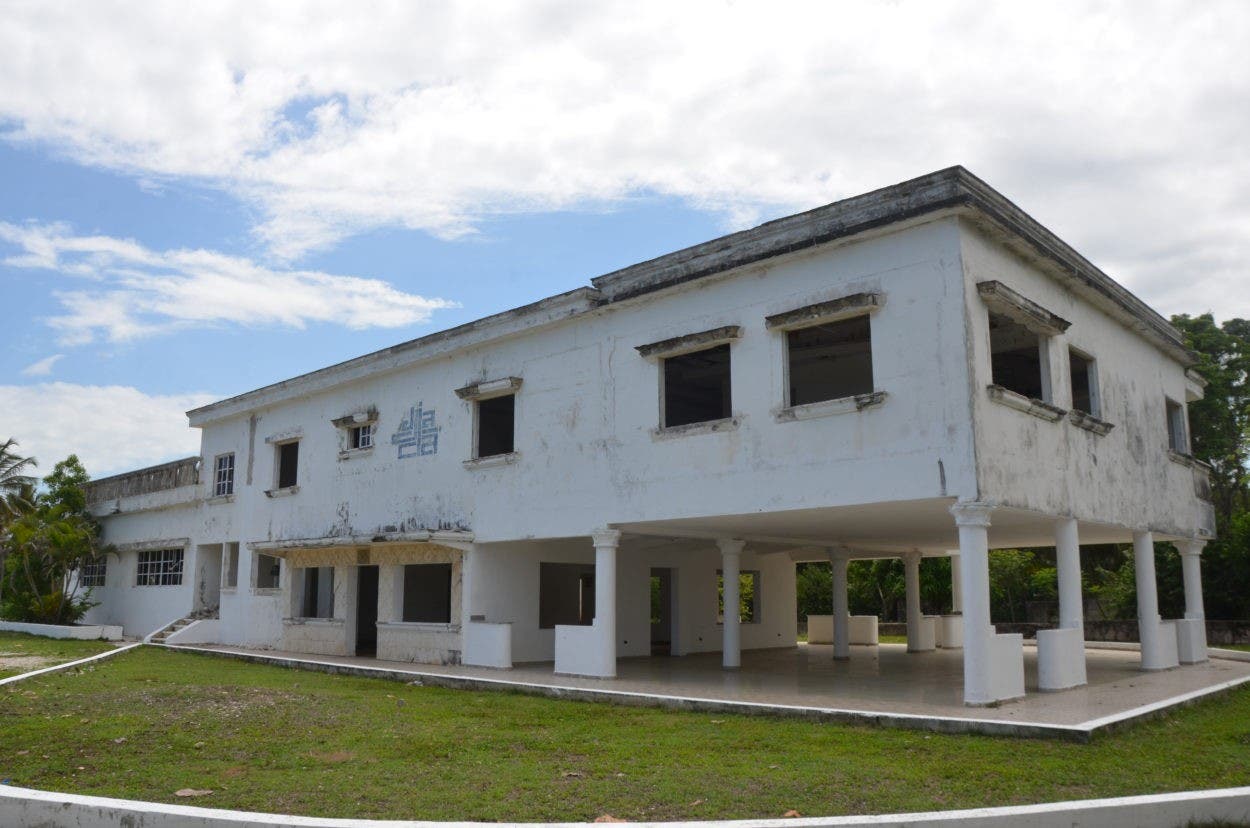It just seems to me like preserving the Führerbunker.
Many of the homes of Trujillo were quite well furnished and even had architectural details and murals that aren’t common in public buildings the DR except in buildings that were built by Trujillo such as the National Palace, the Palace of Fine Arts, the Restauration Heroes Monument in Santiago, etc.
Conserving such places with exquisite architectural and other details tend to be conserved everywhere in the world either as museums or something else open to the public. This is regardless of who built them.
For example, in Haiti the Ka Ferreiré Castle which is on top of a mountain isn’t just a local pride, but a general national pride. If you ever go to one of its tours, ask the tour guide about the many people that were killed during construction in addition to the normal death of some construction workers in any project, but specifically of those that were forced to walk to the edge and plunge to their deaths because of a minor error they did or complaining of the harsh work conditions. That is very much how it happened, but being annoyed is not quite captivating of how the tour guides get when that is brought up.
In a way it’s like visiting some estate in the Southern USA. You know they all had slaves if these magnificent estates are from colonial times or the US pre-1860’s. That is simply how things were back then especially in the south and all of these estates still conserved belonged to very rich families. Quite a while ago I went to Mount Vernon in Virginia, the country estate of George Washington. Very nice. It even has a private cementery where George Washington himself and a few family members are buried. His acual tomb is elevated from the rest, perhaps to show a greater level of importance. But there was sonething I was wondering about that the guide never referred to. Where is the cementery of the slaves? Don’rt tell me there were none working in that estate from the 18th century in Virginia of all places. Well, soon enough it became obvious why the guide never mentioned the slaves (and probably would had never said anything had I not asked about it while starring at George Washington’s tomb.) It happens that unlike in many other estates where the cementery of the slaves exist apart from the cementery of the owners (and often in worse shspe), there is no such thing in Mount Vernon. So where were they buried? His response:
they are scattered throughout the property. I didn’t really understand how that could be possible, so he responded:
they were buried on the spot that they died. How nice to know you have been walking on people’s unmarked tombs since the moment you entered in that property!
I have never looked at a dollar bill and US quarter the same ever since!
But that doesn’t negate that Mount Vernon is a nice place. Just don’t ask too much.


